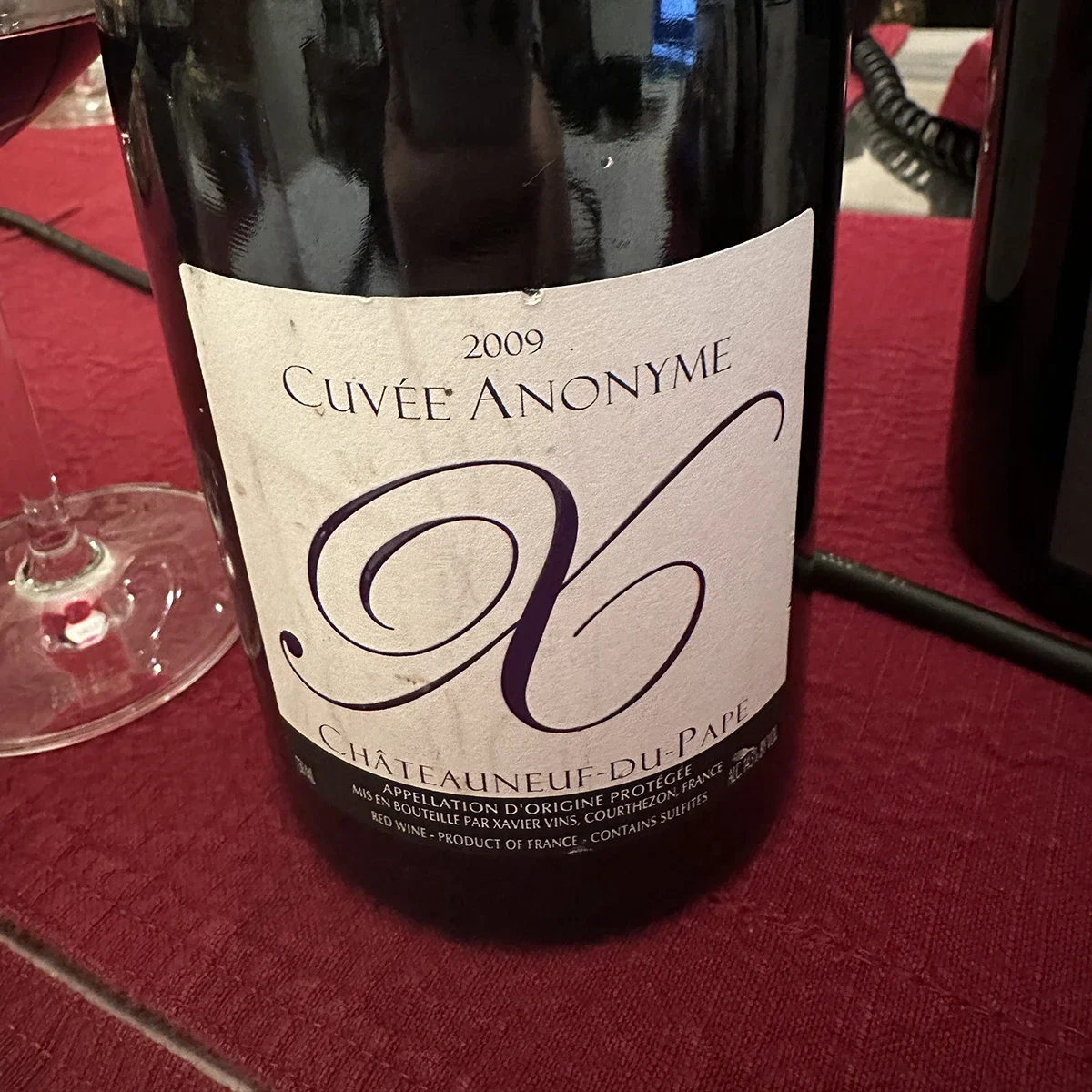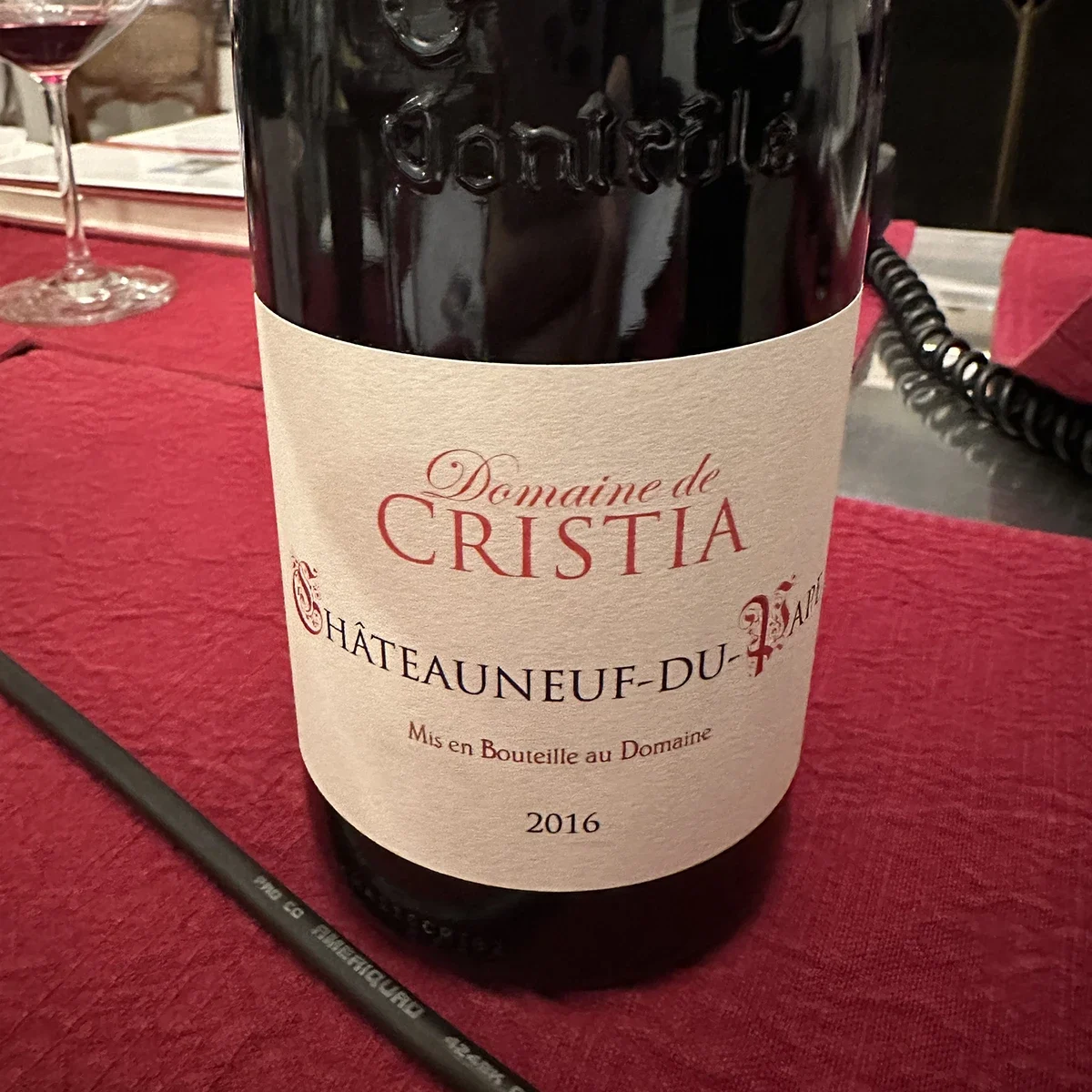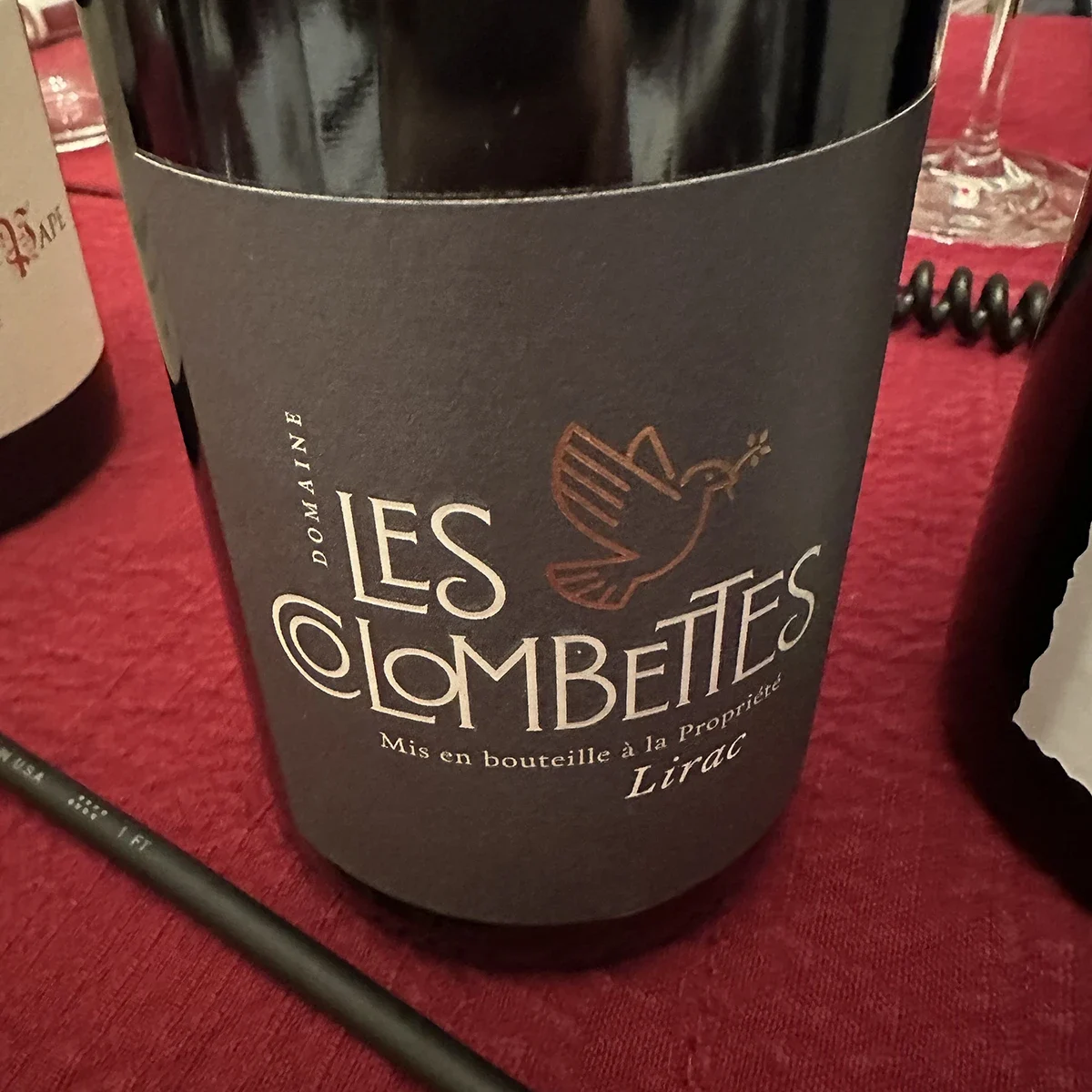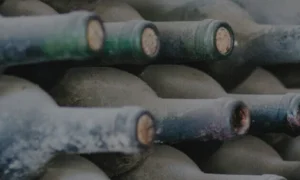
Southern Rhone
While Châteauneuf-du-Pape is the original cru of the Southern Rhône, advances in viticulture and winemaking have blurred the lines between the appellation and its lesser-known and less expensive neighbors.
Today, nine cru appellations span the region, each offering distinct wines that express the Southern Rhône’s varied terroirs. And with stunning vintages on store shelves, now is the perfect time to dive in and drink up.
Southern Rhone Wines
Châteauneuf-du-Pape
With wines that showcase opulence juxtaposed to elegance, the deeply concentrated, beefy bottlings of Châteauneuf-du-Pape are the undisputed royalty of the Rhône’s southern cru. Foreign demand for them is so great that about 80% of the region’s wines are exported, primarily to the U.S. and the UK.
Châteauneuf-du-Pape translates to “new home of the Pope.” It’s a moniker that dates to the early 14th century when Pope Clement V established a summer court in nearby Avignon.
By the 20th century, the region’s prominence suffered due to rampant wine fraud. Efforts by Châteauneuf-du-Pape’s winegrowers to designate borders and impose strict production rules led to the French Appellation d’Origine Contrôlée (AOC) system, which now governs the nation’s wines. Then, in 1936, Châteauneuf-du-Pape became one of the first wine AOCs.
The appellation is synonymous with its galets roulés, or rounded pebbles. Shaped by the flow of the Rhône river into flattened formations that range from the size of baseballs to basketballs, the stones lay atop subsoils of sand and clay throughout the region’s plateau. The formations store heat during the day, which warms the vineyard at night.Lesser-known limestone, gravel and sand terrains contribute to the region’s unique expressions, too.
The art of blending is also central to the appellation’s identity. Grenache reigns supreme here, much as it does throughout the entire Southern Rhône. However, Châteauneuf-du-Pape winemakers are free to formulate distinct cuvées from any of the region’s 13 permitted grape varieties. As a result, its wines can vary significantly in composition.
For example, the red bottling of Château Rayas is 100% Grenache, while at Château de Beaucastel, Winemaker César Perrin describes his family’s Châteauneuf-du-Pape rouge as “a symphony with each of the 13 grape varieties playing a valuable role.” Some grapes, like Mourvèdre, serve as lead instruments, he says, while others, like Picardin, are more akin to subtle background notes. “Each year, each member of our family makes their own blend, and then we decide which direction to go,” says Perrin. “Blending is key to the complexity of each vintage.”
Gigondas
Characterized historically as a poor man’s Châteauneuf-du-Pape, Gigondas is an appellation often explained in comparison to its glossier cousin.
Like Châteauneuf-du-Pape, Gigondas is defined by luscious fruit, generosity and spice. It’s typified, however, by a slimmer profile than the brawny wines of Châteauneuf-du-Pape, as well as an intoxicating pungency of garrigue, the rustic base notes of underbrush and herb found throughout Provence and the South of France.
In 1971, Gigondas was the first of the Côtes du Rhône Villages appellations to be elevated to cru status. The wines offer remarkable affordability compared to ever-escalating prices for Châteauneuf-du-Pape.
In recent decades, however, it’s become increasingly difficult to differentiate the best of Gigondas from Châteauneuf-du-Pape.
“Quality has improved a lot in the last 10 years,” says Bastien Tardieu, lead oenologist at family-operated négociant Tardieu-Laurent, which works with more than 100 growers throughout the Rhône Valley. He says that the advances can be attributed to cru appellations like Gigondas being held to “the same restrictive regulations [as Châteauneuf-du-Pape] to produce wine.”
Like most of the Southern Rhône crus, Grenache is the appellation’s backbone, augmented by Mourvèdre and Syrah. Small amounts of other traditional Rhône varieties are permitted in any blend, with the exception of Carignan.

A key factor that differentiates the cru is topography. Gigondas, along with neighboring Vacqueyras and Beaumes de Venise, sits along the slopes of the Dentelles de Montmirail, a ragged limestone formation that towers above the Southern Rhône. The outcrops of the Dentelles protect against the morning sun and extend the growing season. Its altitude allows for a wide day-night temperature range that maintains acidity and balance in the grapes.
“There’s an element of freshness here,” says Louis Barruol, owner of Château de Saint Cosme, a Gigondas estate that dates to the 15th century. “It’s not just from altitude or acidity, but a saltiness and minerality reminiscent of the sea.”
Rasteau
Planted on predominantly south-facing slopes, Rasteau is characterized by profound ripeness and intensity. Grenache thrives in this arid, sun-drenched terrain, and a large proportion of 30–90 year-old vines continue to bear fruit year after year.
Long considered one of the best regions of the Côtes du Rhône Villages, the appellation obtained cru status in 2010.
“Rasteau is a powerful wine,” says Helen Durand, owner of Domaine du Trapadis, a small estate winery. “Power and freshness aren’t opposites here. Even if acidity is soft, there is freshness from minerality and finesse, particularly with age.”
The red wines of Rasteau are composed principally of Grenache, though they’re augmented by Syrah, Mourvèdre and a host of other minor blending partners.
The appellation is also revered for its vin doux naturel, which means naturally sweet wines.
Lirac
Across the Rhône River from Châteauneuf-du-Pape, Lirac shares many of the same iconic galets roulés, sand and limestone soils. “The terroir of Lirac is often hidden in the shadows of Châteauneuf-du-Pape,” says Laure Poisson, commercial director for Les Vignerons de Tavel & Lirac a cooperative of 55 family growers. But, in recent years, “Lirac has emerged from the shadows to become something different,” she says.
Designated a cru appellation in 1947, Lirac is rare in that it is authorized for production of red, white and rosé wines. Much of Lirac’s production had been focused on easy-drinking rosé, though today, red wines make up 85% of its output.
While Grenache is central to Lirac’s distinct blackberry character, winemakers have increasingly tapped Syrah and Mourvèdre as central blending components. The cru’s best red wines are notable for their perfume, savoriness and complexity.
Beaumes de Venise
Located at the foot of the Dentelles de Montmirail, Beaumes de Venise is a particularly warm appellation sheltered from the Mistral, the famously frigid northerly winds of the Rhône.
Muscat thrives in the dry heat and arid soils here, and Beaumes de Venise is perhaps best known for its vin doux naturel. Unlike those of Rasteau, these are youthful, delicately fortified sweet wines made from the intensely floral, fruity grapes.
Despite limited distribution stateside, the 150 or so winegrowers of Beaumes de Venise actually produce more than three times as much red wine than vin doux naturel. Since 2005, its red wines have been designated to cru status as well. Both styles are priced well in relation to quality.
Grenache and Syrah, which dominate the red wines here, can be potent and haunting in perfume. Intensely fruity and ripe, they’re approachable in their youth, but the wines are also structured with firm tannins that reward cellaring.
Broadcast Episode/Southern Rhone
Search by category or topic
Cheese Pairings
Tell us about wines you’d like to hear about!
Broadcast Episode/Southern Rhone
Search by category or topic
Cheese Pairings

Truffle infused cheeses

Camembert

Saint Nectare
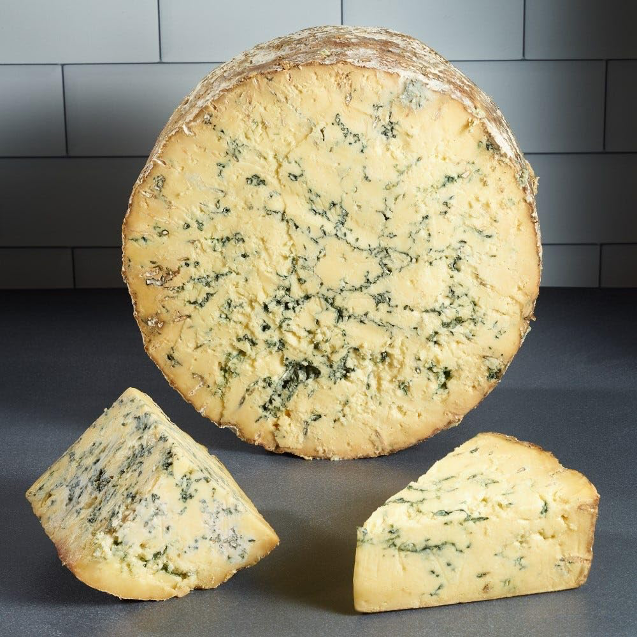
Stilton
Food Pairings
Need text
Tell us about wines you’d like to hear about!
More Episodes
Broadcast Episode/Southern Rhone
Search by category or topic
Cheese Pairings
Coming Soon
Food Pairings
Coming Soon


